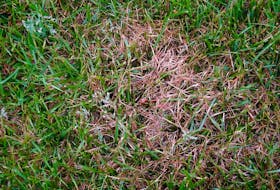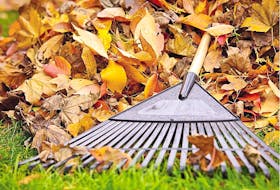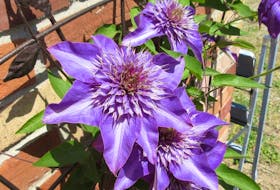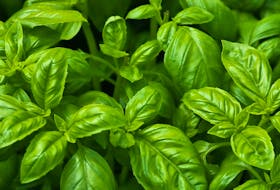Q. What is the best way to handle seedlings that have appeared around a hellebore plant in my garden? Should I move them directly to prepared sites in the garden or grow them for a while in pots?
A. I would leave them in place to become as sturdy and easy to handle as possible, but remove them before they are overshadowed and smothered by other plants.
Dig up the seedlings with as much soil around each one as possible, and move them into individual pots for nurturing until the following spring, when they can be transplanted into the garden.
If the seedlings are numerous enough to experiment with, consider planting some of them directly into lightly shaded garden spots. Label the plants clearly to help you keep track of them.
As your young plants develop and mature, you will notice variations in them from the parent plant’s flower colour and even foliage characteristics.
For their first year in the garden, keep the soil adequately watered. Once well established, the plants will be moderately drought tolerant, though they will need some water in dry, hot weather.
Q. How can I eliminate liverwort in a garden bed that receives only morning sun?
A. Liverworts are flattened, plate-like structures that develop on soil surfaces in shaded sites with soil that is moist or wet, compacted, low in fertility, and/or acidic.
There are ways to discourage liverwort growth. You can’t change the bed’s sun exposure , but if overhanging branches are shading the ground, removing lower limbs will help to add light and improve air circulation.
Remove the liverwort growth along with a thin layer of soil. Cultivate the soil lightly to introduce air. Unless the area is occupied by acid-loving plants, lime the soil and mix or scratch in a generous layer of a nourishing compost. If the ground is very compacted, consider also scratching in some fine gravel, rock chips, or poultry grit.
Copyright Postmedia Network Inc., 2020








